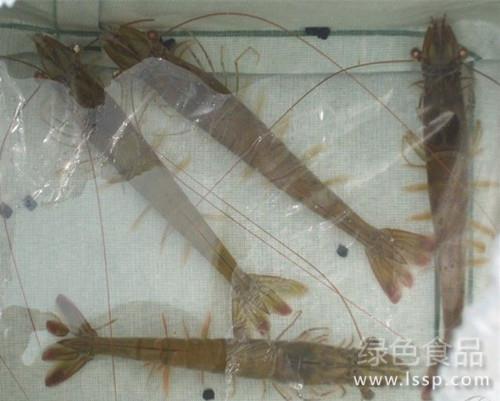Prevention and treatment of white muscle disease in lambs with weak limbs and lying on bow back
Lamb white myopathy is mainly characterized by degeneration and necrosis of skeletal muscle, myocardial fiber and liver tissue, which is named because the diseased muscle is pale or even pale. The disease often occurs in autumn and winter, winter and spring climate sudden changes, lack of green feed, sick lambs bow back, limbs weakness, exercise difficulties, like lying, and so on.

Lamb
Etiology of ⑴: the disease is mainly caused by lack or deficiency of selenium and vitamin E in feed, or excessive content of trace elements such as cobalt, zinc and silver in feed, which affect the absorption of selenium in lambs. When the selenium content in feed and forage grass is less than 1/10000000, selenium deficiency can occur. Vitamin E is a natural antioxidant. When the preservation condition is not good, high temperature, excessive humidity, exposure to rain or sun, and storage for too long, rancidity and deterioration, vitamin E is easy to be decomposed and destroyed. In selenium deficient areas, the incidence of lambs is high. Due to selenium and vitamin E deficiency in sheep, normal physiological fat is over-oxidized, free radicals are damaged, and tissue cells are degenerative, necrotic and calcified. The lesion affects the whole body, but skeletal muscle and myocardial damage are the most serious, which can cause dyskinesia and myocardial necrosis.
⑵ symptoms: skeletal muscle and myocardial degeneration are the main features. The muscle of the diseased part is light in color, as if it has been cooked, even pale, so it is called leukomyopathy. Most of them are endemic, and lambs at the age of 3-5 weeks are prone to disease, and the mortality rate is sometimes as high as 40-60%. The faster the lambs grow and develop, the more likely they are to get sick and die.
(3) Prevention and treatment: ① prevention: a. 20 days after birth, newborn lambs born each year in selenium-deficient areas are injected subcutaneously or intramuscularly with 0.2% sodium selenite solution, 1 ml at a time, and then 1.5 ml at an interval of 20 days. The start date of the injection shall not exceed 25 days old at the latest. B, strengthen the feeding and management of ewes, supply leguminous forage, supplement 0.2% sodium selenite solution to pregnant ewes, subcutaneous or intramuscular injection, dose 4-6 ml, can prevent lamb white muscle disease.
② treatment: for sick lambs, 2-3 ml of 0.1% sodium selenite solution can be subcutaneously injected into the neck, and then injected once every 20 days. If vitamin E 10-15 mg is injected intramuscularly at the same time, the curative effect is better.
- Prev

Introduction of beehive
1. The structure of beehive with movable hive frame (movable beehive) is an important production tool for scientific beekeeping. Beekeeping with a movable beehive can open the hive at any time, take out the hive and spleen examination, understand the situation of the colony, observe the living activities of bees, and produce all kinds of bee products according to needs and possibilities, and it is easy to transfer to the ground for breeding. Beehives are kept in the open air for a long time and are exposed to wind, rain and sun, and bees must live in beehives to nurture bees and store fodder, so the structure of beehives must be in line with the living habits of bees, uniform size standards, and strong resistance.
- Next

8 key points of safe overwintering of parent shrimp with good breeding benefit and high reproductive benefit
8 key points of safe overwintering of parent shrimp with good breeding benefit and high reproductive benefit
Related
- On the eggshell is a badge full of pride. British Poultry Egg Market and Consumer observation
- British study: 72% of Britons are willing to buy native eggs raised by insects
- Guidelines for friendly egg production revised the increase of space in chicken sheds can not be forced to change feathers and lay eggs.
- Risk of delay in customs clearance Australia suspends lobster exports to China
- Pig semen-the Vector of virus Transmission (4)
- Pig semen-the Vector of virus Transmission (3)
- Five common causes of difficult control of classical swine fever in clinic and their countermeasures
- Foot-and-mouth disease is the most effective way to prevent it!
- PED is the number one killer of piglets and has to be guarded against in autumn and winter.
- What is "yellow fat pig"? Have you ever heard the pig collector talk about "yellow fat pig"?

